Introduction of Naji ambulance
An ambulance is a vehicle responsible for moving and transporting the injured to hospitals or emergency medical centers. This type of ambulance can resuscitate the patient while transporting patients or essential tools and equipment to keep the wounded alive. These types of ambulances are also used to transport donated organs or the necessary medicine and equipment for patients.
Types of ground ambulances
Ground ambulances are divided into three groups according to different conditions and providing various services. Ground ambulances are grouped according to the requirements of patients and injured, which includes the following:
- Type A ambulance (for emergency operations):
This type of ambulance is used to transport patients individually or in groups. It is established for first aid and treatment. This type is usually for Patients with normal baseline conditions. A patient bed, an oxygen machine, and resuscitation equipment are some of this type of ambulance facilities.
- Ambulance type B (for patient transportation):
This type of ambulance is used for conditions that are more acute than type A and the facilities that exist in this type and the items in type A, including oxygen capsules – equipment Suction – AED equipment – Shock serum pump and has more equipped facilities than the previous type.
Type C ambulance (for advanced medical operations): This type of ambulance has more advanced equipment than other types and is also equipped with ICU and CCU.
What are the ground ambulances used in Iran?
The ground ambulance used in Iran is of the Toyota Hilux type to transport patients to the hospital in emergencies. There is another type that provides mobile services and has equipment for patients with more than one person. They are called ambulance buses, but the Mercedes-Benz Sprinter ambulance is also used for patients and injured people with acute conditions. This type of ambulance has special medical equipment for particular needs.
The equipment inside the ground ambulances is as follows:
- Two-way radio: The ambulance radio allows the driver to communicate with the emergency department when transporting the patient to the hospital and to describe the patient’s condition to the emergency department.
- Air conditioning system: This system helps keep the air inside the cabin air-conditioned according to the amount of heat it has.
- Camera: The camera is installed in the ambulance for security reasons to prevent misuse.
Trauma illumination: The illumination allows the ambulance to pass faster in crowded traffic areas and transport the patient to the hospital more quickly.
Ramp: This device is used to transport the patient to the ambulance, prevent additional shocks during the patient’s transfer to the hospital, and prevent any danger when the patient enters and leaves the ambulance.

 PER
PER